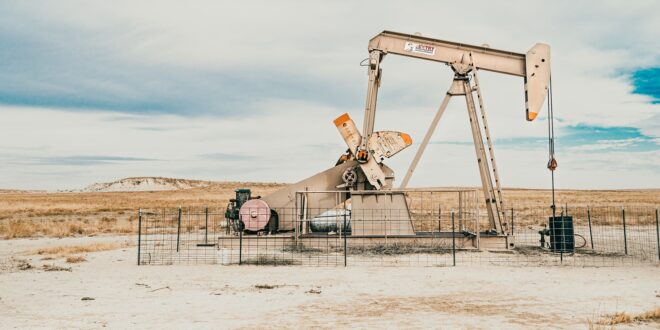Libya’s National Oil Corp. (NOC) said Sunday it is working on increasing the production capacity of the Mellitah oil and gas processing complex by 30,000 barrels per day (bpd), days after declaring force majeure on the Sharara field.
Work is also ongoing for a marine facility that will transport about 160 million cubic feet of natural gas daily to the Mellitah complex, it said in a brief statement.
The complex has a daily processing capacity of 695 million cubic feet of gas and 31,000 barrels of liquids. It can also produce up to 450 tons of solid sulfur, according to operator Mellitah Oil & Gas BV, a 50-50 venture between the NOC and Italian energy giant Eni SPA.
On August 1, 2024, the NOC said it has restored production at the gas well CC-12 in the Bahr Essalam field, part of the complex, after maintenance. The well has an output capacity of 20 million cubic feet of gas and 400 barrels of condensates per day.
On July 11, 2024, it said a new pipeline started carrying oil from the North Hamada field, which has a production capacity of 10,000 bpd in the first phase of development, to the Mellitah oil port.
On May 17, 2024, the company announced the restart of the Mellitah complex after saying at the start of the month it was shutting it down for renovation.
The NOC has set a goal of raising oil production to two million bpd under the company’s 2023–27 plan, according to a company statement March 30, 2023.
On the other hand, last week, it has again declared force majeure on the Sharara field. It has been unable to continue delivering oil for export at the Zawia terminal, the NOC said in a statement last Wednesday.
The shutdown comes after the Government of National Accord, the internationally recognized Libyan government based in Tripoli, alleged political blackmail as it warned August 4, 2024, of an impending closure of Sharara.
An International Monetary Fund (IMF) mission recently projected Libya’s hydrocarbon production would rise to 1.5 MMbpd by 2026 and continue to be the driver of economic growth in the North African country.
“Libya’s short- and medium-term economic outlook is dominated by the dynamics of hydrocarbon production”, the mission said in a statement May 13, 2024, after a 10-day visit.
The IMF mission pegged Libya’s gross domestic product (GDP) growth in 2024 at eight percent, expected to slow down in the next few years.
“The baseline projection is for declining fiscal and external balances over the coming years in line with a projected decline in global oil prices”, the mission said in the statement posted on the IMF website.
Libya is working to woo back international oil and gas companies whose operations have been hit by forced stoppages. Production blockades became common in the aftermath of the civil war that broke out 2011.
The NOC late last year issued a call for multinationals that have exploration and production agreements in Libya to lift their force majeure declarations. In a statement December 5, 2022, the NOC gave assurance of “readiness to provide all necessary support to resume their operations, as well as assisting them in facilitating the return, along with providing a safe working environment in cooperation with the civil and military authorities of the Libyan state”.

 Iran Energy News Oil, Gas, Petrochemical and Energy Field Specialized Channel
Iran Energy News Oil, Gas, Petrochemical and Energy Field Specialized Channel



